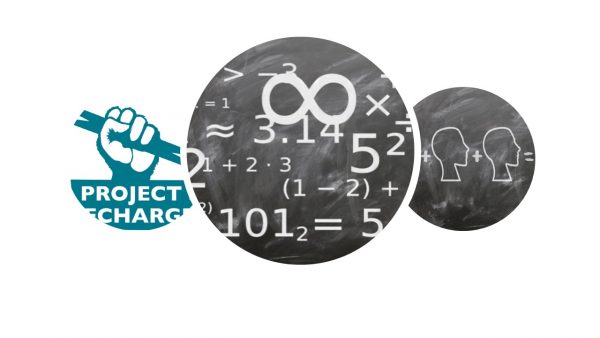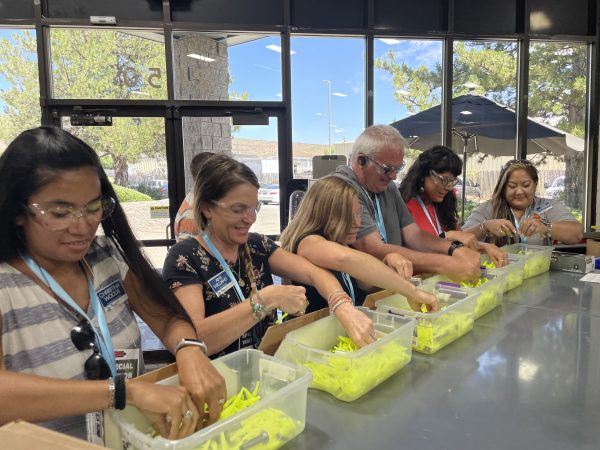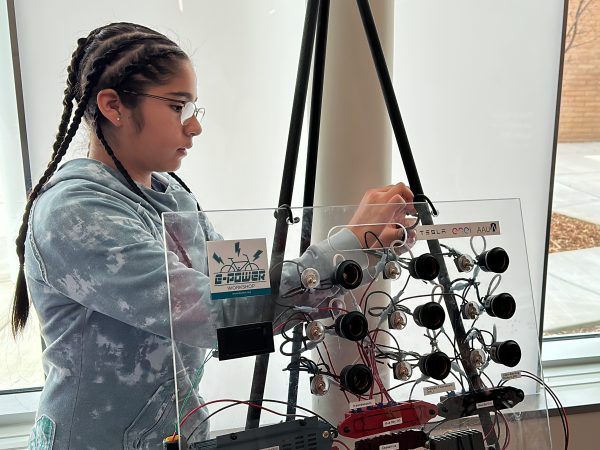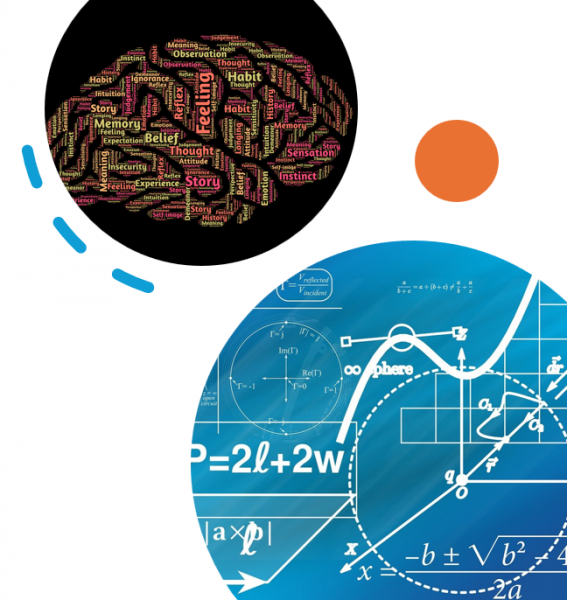
The Project ReCharge Curriculum leverages the 5E Learning Model to foster engagement, exploration, and hands-on learning, encouraging students to apply knowledge through sustainability-focused projects. It integrates 21st-century skills and social-emotional learning, emphasizing collaboration, critical thinking, and innovation. This approach prepares students to address real-world challenges by developing project management, leadership, and effective communication skills.
5E Learning Model
Every Project ReCharge lesson follows the 5E Learning Model to include, engage, explore, explain, elaborate, and evaluate. Each lesson uses hands-on activities to help students build their own understanding from life experiences. Activities foster collaboration, critical thinking, problem-solving, and engineering design.

Project-Based Learning
Students showcase what they learn in a culminating project designed to support sustainability efforts and decrease energy use at home, school, or community. Additionally, students develop their project management skills and hone their leadership skills when they submit their project proposal to Envirolution for funding.
21st Century Standards
Our curriculum integrates collaboration and knowledge construction. Students actively participate in teamwork, using critical thinking to unearth new insights. They tackle real-world problems with innovative solutions, leveraging technology as a direct learning tool. Self-regulation is key as students plan and refine their work, while skilled communication ensures complex ideas are conveyed through multiple platforms for clear, effective messaging. This holistic strategy fosters a dynamic learning environment where students not only absorb knowledge but apply it creatively and effectively.


Social-Emotional Learning Connections

The Project ReCharge curriculum integrates key principles across self-awareness, self-management, social awareness, and relationship skills to cultivate a comprehensive learning experience. It encourages students to identify and regulate their emotions, maintain a positive self-concept, and recognize their strengths, fostering a sense of self-efficacy. The curriculum also emphasizes the importance of empathy, diversity appreciation, and understanding social and ethical norms while promoting the development of strong relationship skills.
